You are here
The history of Troyes written in wax
An archaeological excavation was conducted Place de la Libération in Troyes, from 2004 to 2006 before the construction of an underground car park.The results of an interdisciplinary approach paint a picture of an emerging ancient city and the daily life of a newly Romanized urban population in the early years AD, particularly social status, dietary customs and state of health.
During prehistory, the environment was particularly inhospitable owing to frequent floods followed by the development of marshland.
It was not until the reign of Augustus around 20 BC that the area was drained by a network of ditches. An early habitat was characterized by pits and wooden houses.
Progressive urbanization in an inhospitable environment
Objects made from perishable materials: an aspect of Roman culture
One of the most remarkable objects is a Gallo-Roman 1000 litre barrel. Preserved to a height of 1.3 m, with a diameter of nearly 1 m, it is formed of 19 staves (spruce and fir) encircled by hazelwood hoops. The barrel was reused as a well lining, thus permitting its perfect conservation. Fabricated around 47 BC, it must have originally been over 1.8 metres high. It was used to transport acetum—sour wine or vinegar—used in the preparation of posca, Roman soldiers' favourite drink, made from 1/10th acetum and 9/10ths water.
Is this one object sufficient to prove the temporary presence of a legion in Troyes, vector of Romanization under the Emperor Claudius (41-54)?
The tabulae ceratae of the Place de la Libération
The plaques were usually joined together in groups of two or more. Though several frescos from the 1st century in Pompeii illustrate their use, these wooden objects are rarely preserved.
Except for two made from spruce, all the elements are made from fir, some from the same trunk. These tablets are attributed to the second half of the 1st century and two of them are precisely dated by dendrochronology to 50 and 51 AD.
Some, which have surfaces with incisions in the wood that resemble writing, are in the course of study by epigraphists. Graffiti on the back of some tablets could indicate the contents or authors of the document.
The 26 objects from Troyes constitute a unique corpus in France, which resembles the finds at the small Roman fort of Vindolanda in England.
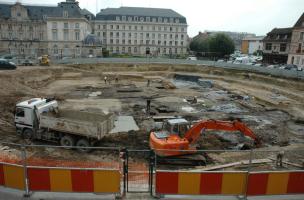
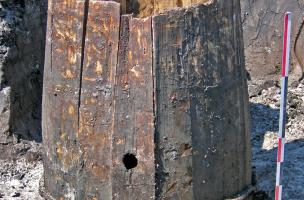
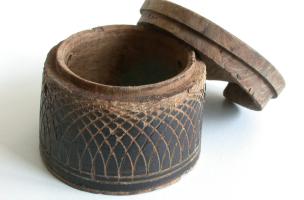
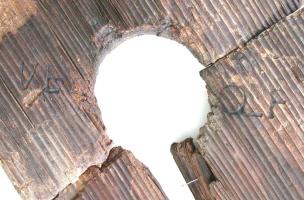
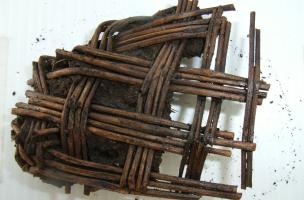
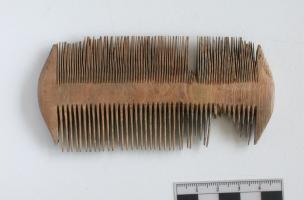
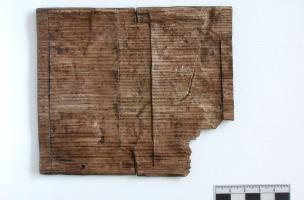
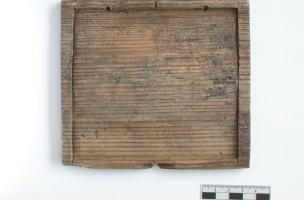
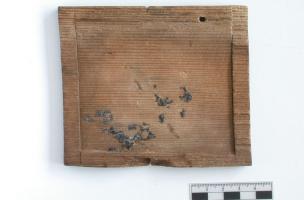
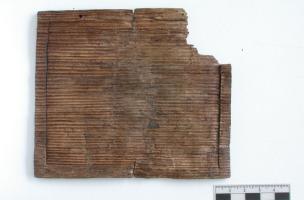
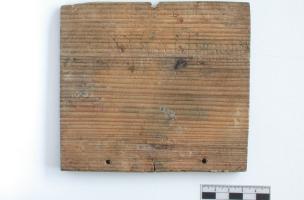

Mahaut Tyrrell
Media communication
Inrap, media partnerships and relations department
+33 (0)1 40 08 80 24
mahaut.tyrrell [at] inrap.fr

